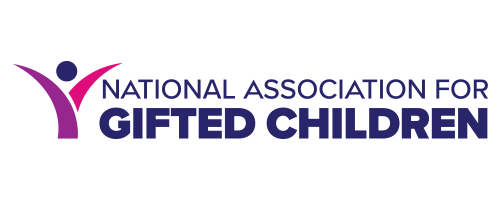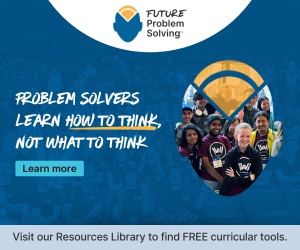Equity
Increasing Equity in Gifted Education Programs and Services Too many students do not receive appropriately challenging curriculum and services and, as a result, fail to reach their potential. This is a loss, not only for the students, but for the nation.
The gaps in support of and services for our most advanced students are even more pronounced for children from minority, ELL, and low-income backgrounds.

Research on student performance on state and national tests shows that there is a growing gap at the top of the achievement scale between white students and students of color and between advanced students from low-income backgrounds and those from more advantaged circumstances. This achievement gap, dubbed the “excellence gap,” for high-ability students is especially problematic in light of the demand for a high-performing and highly skilled workforce to ensure U.S. economic competitiveness in the new global economy.
Ensuring the availability of rigorous coursework and gifted education programs and services at every grade level for all students who would benefit from the challenge, combined with equitable identification procedures, would reduce the underrepresentation of diverse learners in gifted education programs and put more learners from every population in a position to increase their achievement and maximize their potential.
NAGC Resources
-
Classroom Instruction & Teacher Training for Gifted Students from Diverse Populations
-
Curriculum, Teachers, and Instructional Approaches for Gifted GLBTQ Students
-
Download Unlocking Emergent Talent: Supporting High Achievement of Low-Income, High-Ability Students
-
Download Overlooked Gems: A National Perspective on Low Income Promising Learners
-
Download Case Study: Culturally Responsive Gifted Education in Denver Public Schools
-
Download the Sept 2014 special issue Cultivating Gifted Students in AASA's School Administrator, which includes article by NAGC on "Expanding the View of Giftedness."


